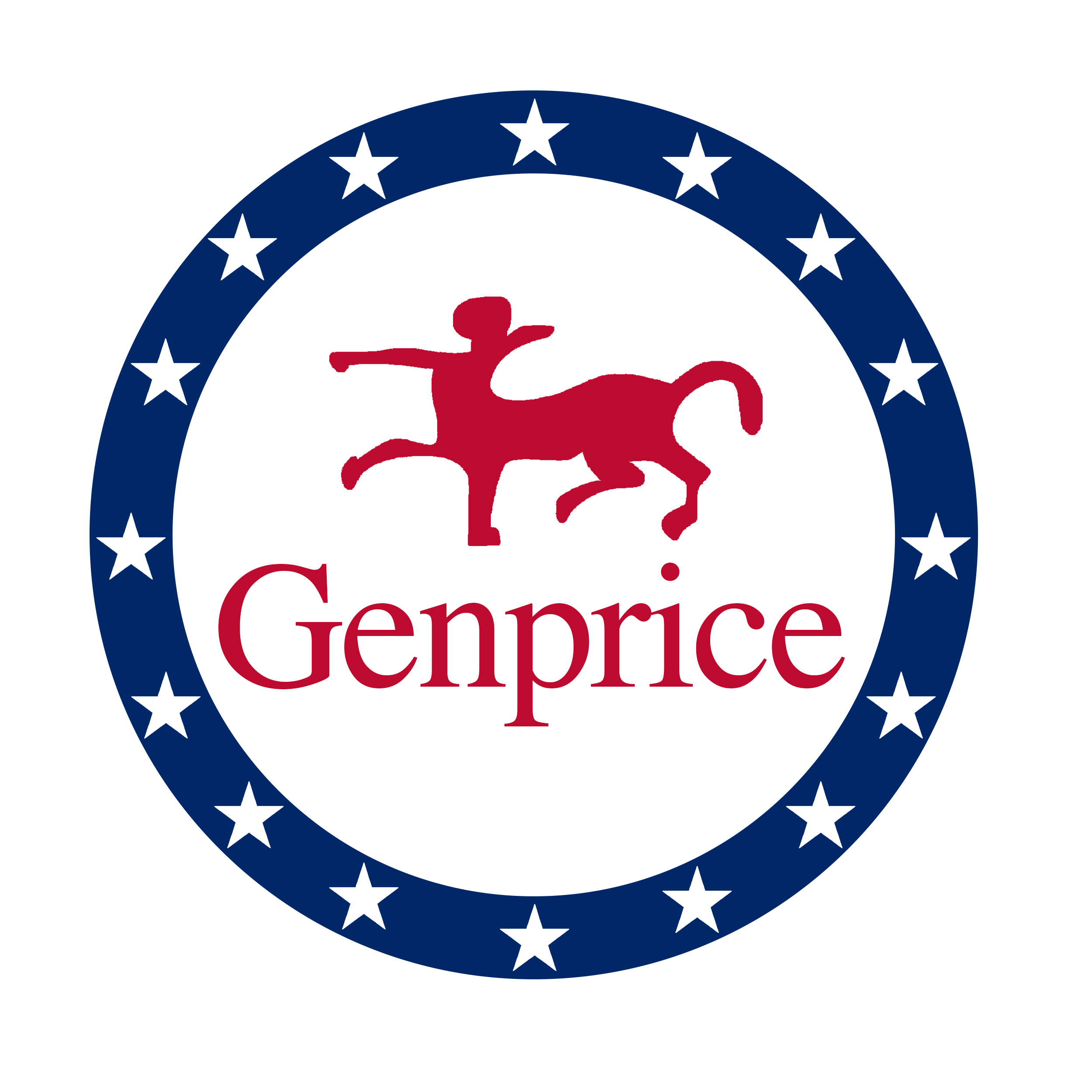+1 (408)780-0908
us@genprice.com
GFP green fluorescent protein
GFP Green fluorescent protein was isolated in jellyfish, Aequorea Victoria. The protein consists of 238 amino acid residues that fluoresce green when exposed to UV light. This method makes it possible to study proteins in their natural environment: the living cell. The gene for GFP was successfully inserted into E. coli bacteria in 1994 and the 2008 Nobel Prize in Chemistry was awarded to Osamu Shimomura, Martin Chalfie and Roger Y. Tsien for Discovery and Development. GFPs.
October 7, 2019
